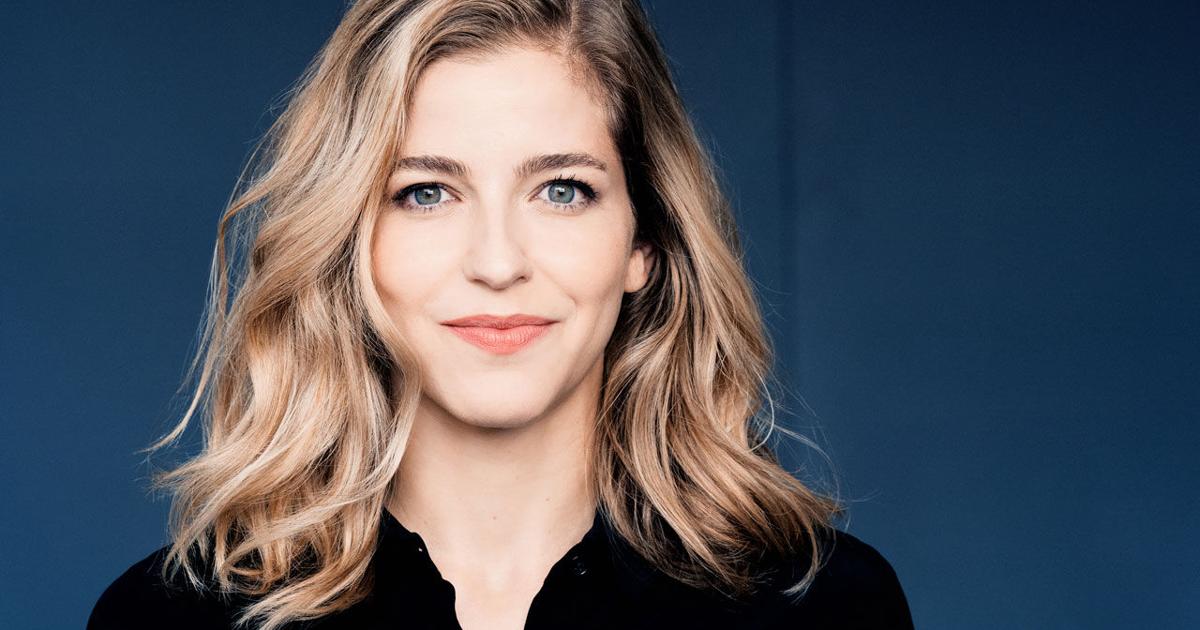LENOX — Two remarkable romantic piano concertos are presented this weekend at Tanglewood: Piano Concerto No. 2 by Frédéric Chopin, at 8 p.m. on July 22, and the Second Piano Concerto by Johannes Brahms, at 2:30 p.m. , July 24. represent very different ways of approaching gender.
The idea of showcasing a small group of instrumental soloists or a single soloist in front of an orchestra dates back to the 17th century. These soloists were mostly string players in an era of great instrument makers and performers. At that time, with rare exceptions, the keyboardist was relegated to the role of accompanist, yet crucial to keeping time and providing harmonic support. Gradually, however, the keyboard instrument used to provide this basic support was replaced by the piano, which had both sustaining power and lift, from the harpsichord, which did not. As a result, the piano came to be presented in front of the orchestra instead of being buried in the middle of it.
Mozart became famous for his piano concertos and helped turn them into important vehicles of musical expression. In his late twenties he wrote several and performed both as a composer and as a soloist. In the Romantic era, the piano became representative of individual sensibility and when placed in front of an orchestra, as an individual, it contrasts with a crowd. This theme has often been the subject of romantic novels.
Chopin’s Piano Concerto No. 2 was actually the first of two written by Chopin (although it was published later, hence the numbering). It was completed shortly before Concerto No. 1, in 1829, when Chopin was only 20 years old. Chopin made a name for himself in Paris, where he left his native Poland. He was known for his “poetic genius” as well as his astonishing virtuosity on the piano.
The Piano Concerto No. 2 is a masterful blend of these two qualities. The dark F minor of the first movement gives way to a slow movement of radiant beauty, “poetic” in the extreme, while the last movement is perky, gradually providing the soloist with increasing opportunity to dazzle the audience with up and down races. the keyboard, the crushing chords, and the lively, whimsical fingering.
Brahms’ concerto is of an entirely different species. Written in 1881, more than 50 years after Chopin’s, it is a substantial work of symphonic scope and breadth, in four rather than the traditional three movements, and over 45 minutes long. Some commentators (including this one) regard it as Brahms’ greatest work. The first movement is dominated by a superbly chiseled theme, first heard on the solo horn. This theme has the same quality as Beethoven’s, in that it is made up of small elements that flow together naturally but can be used separately as a basis for areas of continued development. Listen to this opening horn call very carefully!
The second movement is the “supplementary”—a scherzo of great power and dynamism. With typical tongue-in-cheek understatement, Brahms called it “a little bit of a scherzo”. This is followed by a breathtakingly lyrical slow movement, which features a softly singing solo cello sharing the limelight with the piano. One might expect a tumultuous finale, but Brahms offers us music of grace and delicacy, almost a dance, to complete this magnificent work.
UNDER THE SHED
A preview of Tanglewood’s concerts at the Koussevitzky Music Shed this week…
8 p.m., Friday July 22: Karina Canellakis conducts Wagner, Chopin and Rachmaninov with Emanuel Ax, piano
Conductor Karina Canellakis and the BSO are joined by international pianist Emanuel Ax for a concert featuring Frédéric Chopin’s Piano Concerto No. 2; Prelude by Richard Wagner to his opera “Lohengrin” and “Symphonic Dances” by Sergei Rachmaninoff. Doors open at 5:30 p.m. Ticket includes admission to the 6 p.m. prelude concert.
2:30 p.m., Saturday July 23: BSO Family Concert with Thomas Wilkins
At a BSO Tanglewood Family Concert, parents and children get an up close and welcoming introduction to the BSO musicians. Audience members can enjoy the performance in the Koussevitzky Music Shed or listen while relaxing on the lawn. Pre- and post-concert offerings include program-related arts activities and an instrument playground. Doors open at 1:30 p.m.
8 p.m., Saturday July 23: Andris Nelsons conducts Berlioz and Mahler with Christine Goerke, soprano
The Leonard Bernstein Memorial Concert 2022. Acclaimed dramatic soprano Christine Goerke joins musical director Andris Nelsons in a rarely heard debut work by French innovator Hector Berlioz. Another orchestral innovator, Gustav Mahler composed his imposing Fifth Symphony in 1901-02 after intensive study of JS Bach’s counterpoint, resulting in a new and highly individual approach to the orchestra. The fourth movement is the famous and moving Adagietto for strings and harp. Doors open at 5:30 p.m. Ticket includes the 6 p.m. prelude concert.
2:30 p.m., Sunday July 24: Andris Nelsons conducts Still, Walker and Brahms with Latonia Moore, soprano and Seong-Jin Cho, piano
Working in the mid-twentieth century, William Grant Still pioneered the use of music from his African-American heritage in works ranging from piano miniatures to opera. He wrote “In Memoriam” in 1943 after reading an announcement “that the first American soldier killed in World War II was a black soldier.”
His dark play honored the patriotism of all soldiers of color who served in the Allied armies. Soprano Latonia Moore sings “Lilacs” by American composer George Walker, a setting of Walt Whitman’s ode to Abraham Lincoln. Commissioned by the BSO and premiered under the direction of Seiji Ozawa in February 1996, “Lilacs” won the Pulitzer Prize for Music. The young superstar Korean pianist Seong-Jin Cho is the soloist of Johannes Brahms’ Piano Concerto No. 2, virtuoso and deep, to complete the program. Doors open at noon.
More information and tickets: 888-266-1200, bso.org

